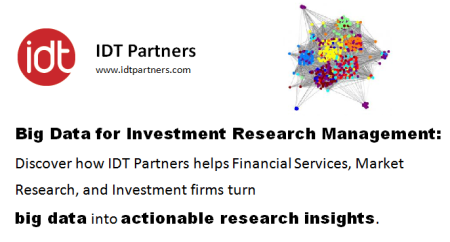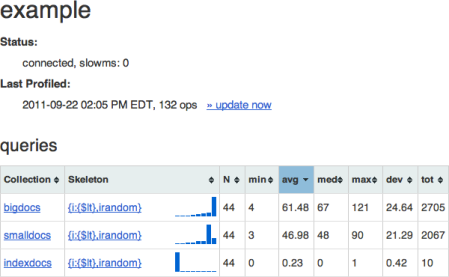In a brilliant move by Oracle, MySQL’s parent company, MySQL Cluster 7.2 was released yesterday with NoSQL support. This is a major development as many developers that previously had to rely on multiple vendors for applications utilizing SQL & NoSQL will now have an option to stay with a single vendor. Technically, there has been a NoSQL option for MySQL for a few years through the HandlerSocket plugin but there was no official NoSQL option directly from MySQL until today.
Summary of Key Enhancements
The MySQL Cluster 7.2 Development Milestone Release and latest labs.mysql.com builds deliver enhancements based on input from the community and customers, including support for the memcached NoSQL API, faster JOIN performance and simplified administration:
- NoSQL with Memcached support enables users to extend memcached by deploying a scalable, persistent, highly available data-store supporting high volumes of reads and writes with real-time performance, all accessed via the trusted, proven and popular Memcached API
- Adaptive Query Localization delivers over 20x higher performance when executing complex queries.
- Shared User Privilege Tables radically simplifies the provisioning and administration of MySQL Cluster by consolidating previous distributed user privilege tables into the data nodes – accessible from all MySQL Servers
In addition to memcached access, the engineering team also previewed JSON as an additional NoSQL interface to MySQL Cluster, allowing applications to directly query and modify the database, and return results directly to a browser, eliminating transformations to SQL. Expect to hear more about this shortly.
NoSQL Support: Implementation of memcached Access to MySQL Cluster
The Memcached API adds a NoSQL access method to MySQL Cluster, which already includes C++ (NDB API), Java, JPA, LDAP and HTTP/REST APIs, all of which can be used concurrently with SQL to serve a broad range of web, telecoms and embedded use-cases handling the simplest to the most complex queries.
The Memcached API enables web services to directly access the MySQL Cluster database without transformations to SQL, ensuring low latency and high throughput for read/write operations.

Links:
MySQL Cluster 7.2 Labs & Development Milestone Release – NoSQL with Memcached and 20x Higher JOIN Performance
http://dev.mysql.com/tech-resources/articles/mysql-cluster-labs-dev-milestone-release.html
70x Faster Joins with AQL now GA with MySQL Cluster 7.2
http://www.clusterdb.com/mysql-cluster/70x-faster-joins-with-aql-in-mysql-cluster-7-2/
IDT Partners:
IDT Partners is a New York City based Web Application Development and Technology Solutions firm providing solutions that leverage MySQL and the latest NoSQL technology to build highly scalable web applications and custom products.
















